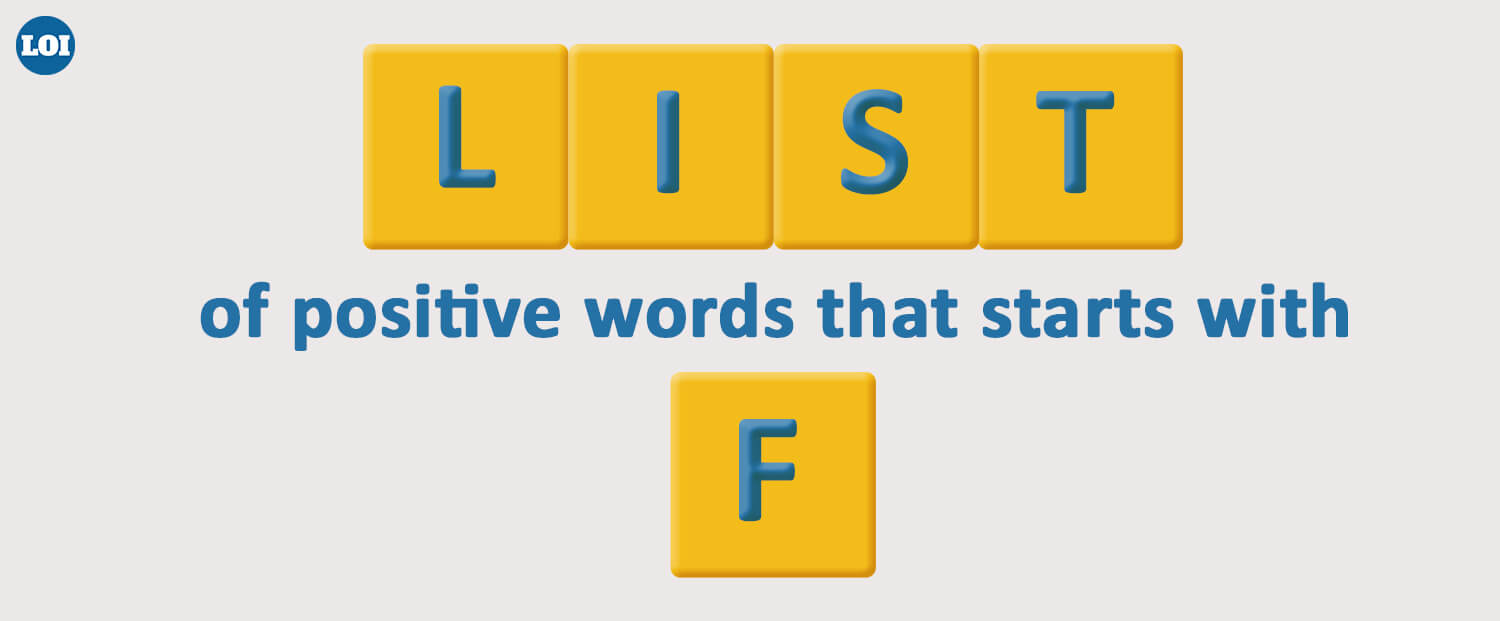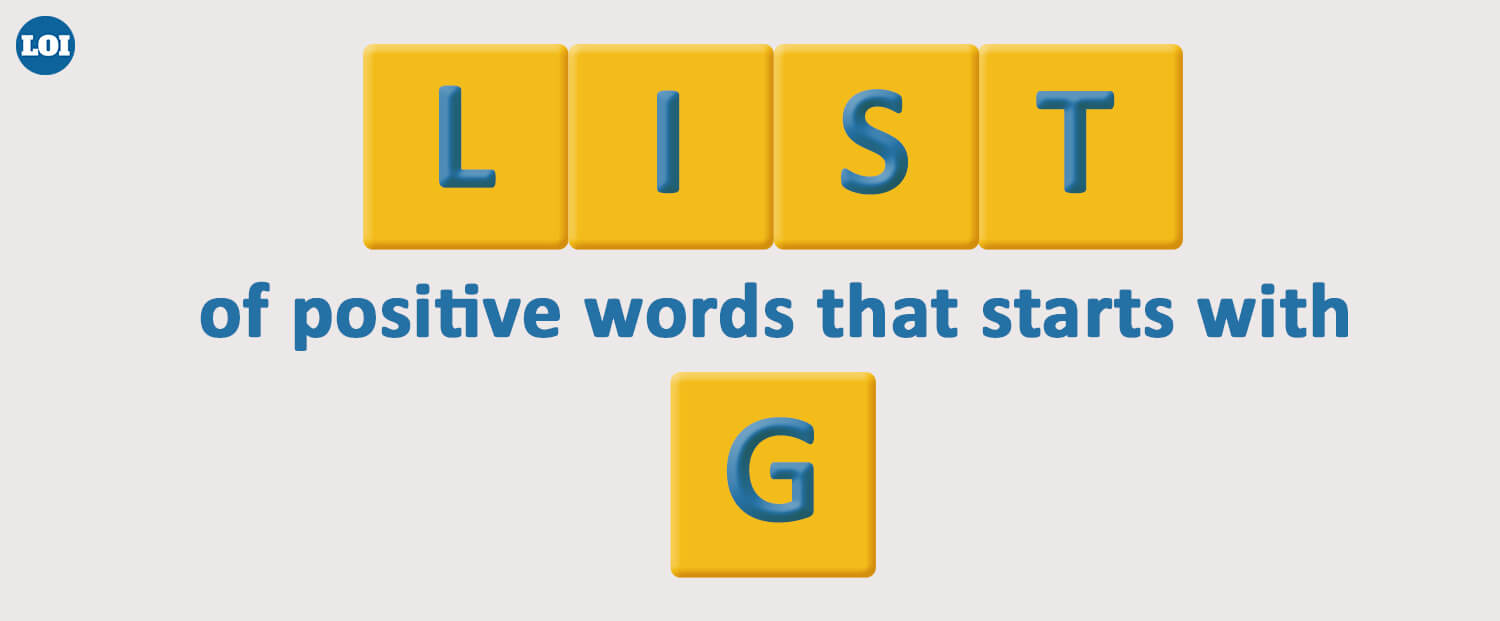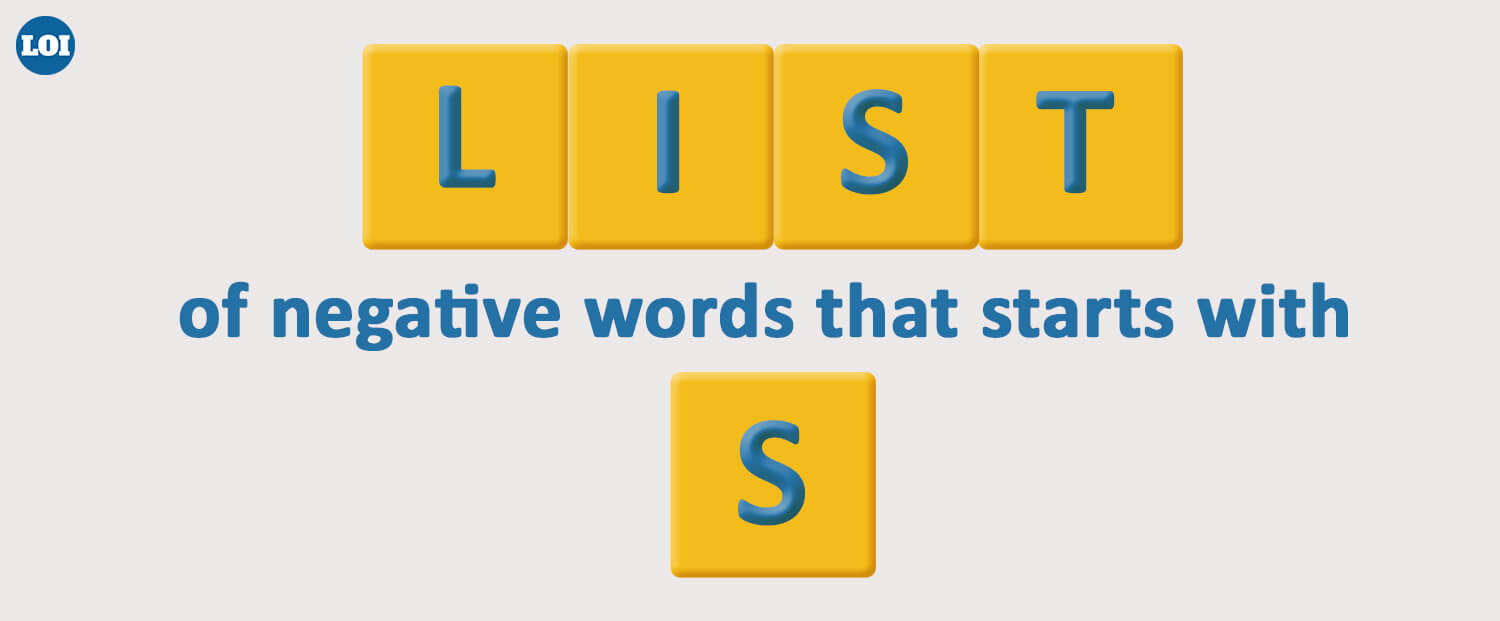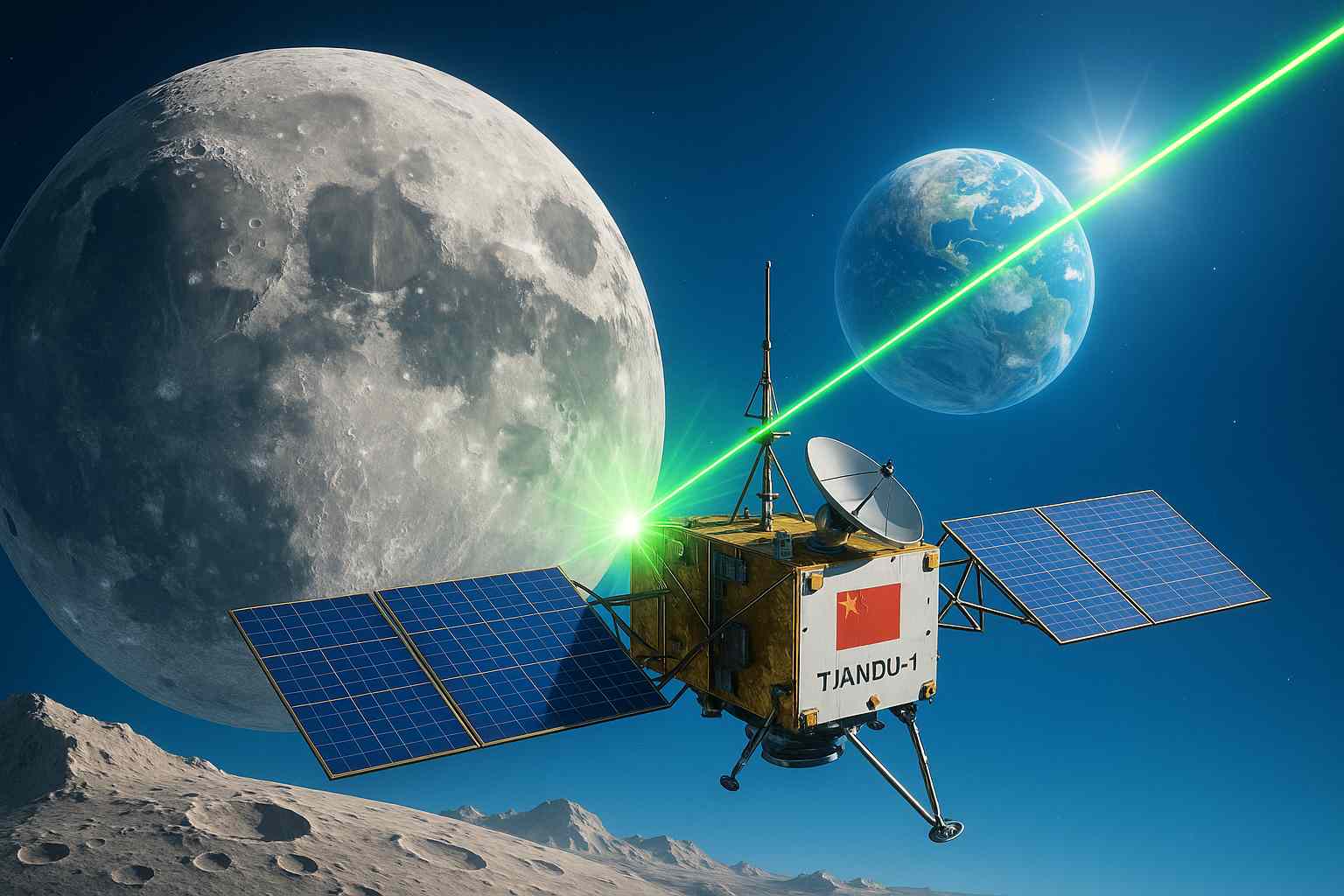When it comes to pushing the limits of space technology, China has once again grabbed the world’s attention. In a test that might reshape the way we navigate and explore our nearest celestial neighbor, Chinese scientists have successfully performed daylight laser targeting of the Moon.
This was no ordinary achievement. The Deep Space Exploration Laboratory (DSEL), using the Tiandu-1 satellite, managed to reflect a laser signal in broad daylight — something scientists had long considered nearly impossible due to the overpowering glare of the Sun. For years, bright daylight scattered laser signals so badly that only nighttime operations were viable.
By breaking that barrier, China has taken a significant step toward real-time lunar navigation — and perhaps toward a future where lunar missions operate around the clock.
Cracking the Daylight Code
The trial, conducted over April 26 and 27, was more than just a show of precision engineering. It proved that laser communications and ranging could work under the most challenging optical conditions.
Before this, space agencies worldwide struggled to get clean, reliable laser readings during the day. Imagine trying to shine a flashlight into the sky and have it bounce off a moving object hundreds of thousands of kilometers away — all while the Sun is flooding the same sky with light, creating solar background interference. That’s the kind of problem China’s engineers just solved.
Accuracy Like Threading a Needle Across a City
One DSEL engineer described it with a vivid analogy: it’s like “hitting a single hair from 6.2 miles away.” The Tiandu-1 satellite, launched in March 2024, is part of the Queqiao relay constellation, a network being built to maintain continuous Earth–Moon communications.
This isn’t just about sending messages. The system will allow landers, rovers, and possibly even human crews to navigate and operate more precisely than ever before. For future missions to the Moon’s south pole — an area rich in water ice — such precision could be the difference between success and failure.
More Than Just a Cool Trick: Why This Matters
By unlocking daylight laser ranging, China has solved a key weakness in lunar operations. Spacecraft no longer have to wait for night to get accurate positional updates. That means:
Faster decision-making during landings.
Better coordination of surface rovers.
More resilient communication during emergencies.
It also hints at the possibility of running autonomous lunar operations with minimal delays — an essential capability for long-duration Moon missions.
Part of a Bigger Lunar Strategy
This isn’t happening in isolation. It’s one piece of China’s larger roadmap for lunar dominance.
Following the Chang’e 6 mission, which brought back the first samples from the Moon’s far side, China is already preparing Chang’e 8 for 2028. That mission will test nuclear-powered systems and construction techniques for the planned International Lunar Research Station, a joint project with Russia.
Seen in that light, the daylight laser test isn’t just a scientific milestone — it’s a building block in a far more ambitious plan.
Impact Beyond the Moon
The ability to perform laser targeting in the blinding glare of daylight has big implications for deep-space missions too. Future spacecraft headed for Mars, asteroids, or beyond will benefit from navigation systems that don’t blink in sunlight.
With Tiandu-1, Tiandu-2, and Queqiao-2 forming an Earth–Moon network, China is essentially creating a space internet for cislunar space. This infrastructure could serve science, international cooperation, and even commercial ventures.
Looking Toward a Permanent Lunar Presence
China has been open about its goal: a sustained human and robotic presence on the Moon. From mining water ice to testing life-support systems, every experiment is another rung on that ladder.
The daylight laser targeting milestone is more than a technical win — it’s a statement of intent. It says, plainly, we’re here to stay.
FAQs About China’s Daylight Laser Targeting
1. Why did China fire a laser at the Moon?
To eliminate the long-standing problem of solar glare disrupting Earth–Moon tracking. Achieving accurate laser ranging in daylight means continuous navigation is now possible.
2. What’s the breakthrough in China’s laser technology?
Chinese engineers created a two-kilowatt fiber laser tough enough to operate in extreme Earth conditions without the usual heating or cooling systems.
3. What has NASA recently found on the Moon?
NASA discovered hydrogen in tiny volcanic glass beads, suggesting that water existed during ancient volcanic activity on the Moon.






